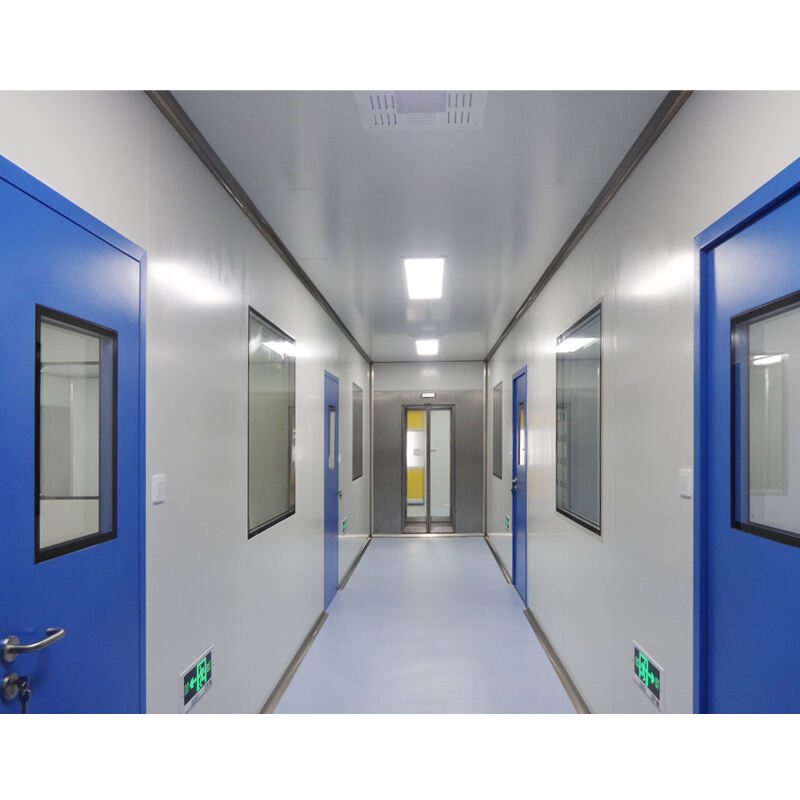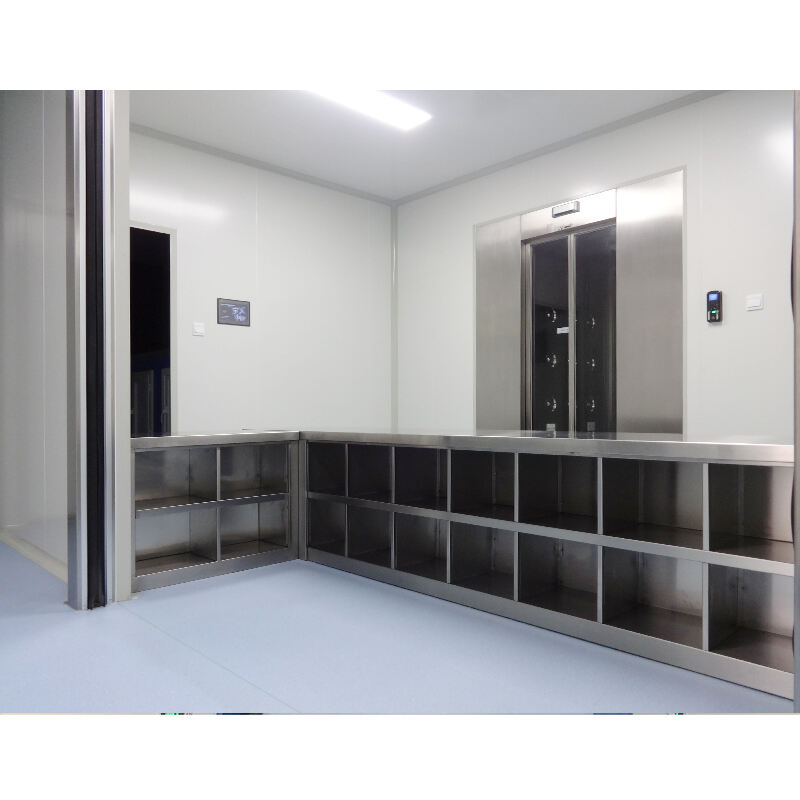pharmaceutical cleanroom design
Pharmaceutical cleanroom design represents a critical component in modern drug manufacturing, encompassing a precisely controlled environment that maintains specific levels of airborne particulates, temperature, humidity, and pressure. These specialized facilities are engineered to meet strict regulatory requirements, including FDA and GMP standards, ensuring the safe and contamination-free production of pharmaceutical products. The design incorporates advanced HVAC systems with HEPA filtration, creating a positive pressure environment that prevents the ingress of contaminants. The layout typically features airlocks and gowning rooms that serve as transitional spaces between different cleanliness classifications. Material selection plays a crucial role, with non-porous, easily cleanable surfaces and rounded corners to prevent particle accumulation. Modern pharmaceutical cleanrooms are equipped with sophisticated monitoring systems that continuously track environmental parameters and alert operators to any deviations from specified conditions. The design also includes proper workflow considerations, ensuring efficient movement of personnel and materials while maintaining contamination control. These facilities support various pharmaceutical operations, from research and development to large-scale manufacturing of sterile and non-sterile products.


